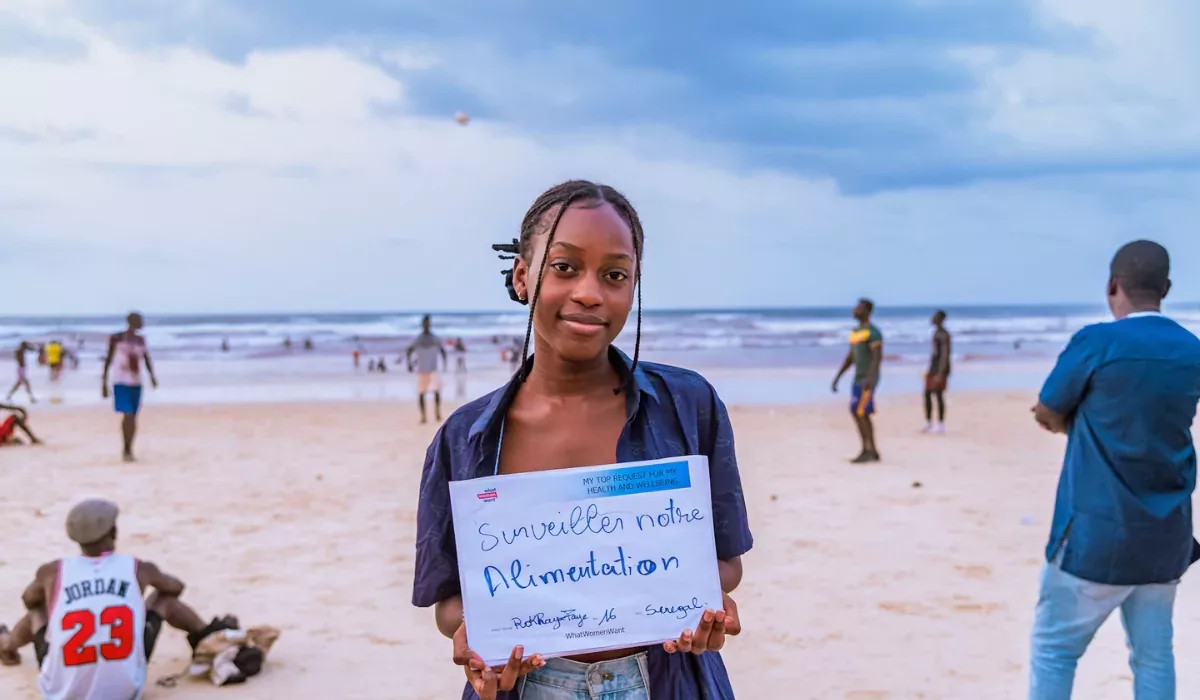
The power of artivism: Protests aren’t just for the streets
A few weeks ago, a new Banksy mural appeared outside London’s Royal Courts of Justice. It showed a judge hammering down blows on a young person with a gavel—an image as raw as it was unflinching. Within hours, it was covered up. The mural’s short-lived presence was a reminder of a deeper struggle: the tension between power and those who dare to challenge it through art in ways we describe as artivism or urgentcraft.
This is not an isolated moment. It comes from the very site where courts have wielded their authority to criminalise groups like Palestine Action, branding them as “terrorists.” Across the Atlantic, we’ve seen echoes of the same logic—Trump’s government floated funding cuts to the Smithsonian and other institutions, explicitly to reduce focus on the darker chapters of American history, including slavery.
At Comotion, we’ve always believed that protest isn’t limited to the streets—it can live in paint, song, fabric, movement. That’s the power of artivism. It cuts through noise, shifts culture, and moves people in ways policy briefs never can. In a moment when so many voices are being silenced, art becomes even more urgent. It creates space to resist, to reimagine, and to speak truths that institutions of power would rather suppress.
History has shown us time and again that suppression rarely kills art. Instead, it motivates and awakens it. It forces it to evolve, to find new forms, new codes, and new meanings.
Just a few examples: under apartheid in South Africa, hip hop became a soundtrack of resistance. During the 1979 Iranian Revolution, graffiti carried messages the state could not contain. In Chile, women stitched arpilleras—textiles that documented political repression and disappeared loved ones. More recently, China’s contemporary art scene has produced figures like Ai Weiwei, who continue to critique authoritarian policies on democracy and human rights despite constant surveillance.
Artivism is not a side project to advocacy—it is central. Policy and legislation are vital, but they rarely stir the soul. Art, however, has the ability to stop us in our tracks, to provoke discomfort, to illuminate injustice, and to plant seeds of transformation.
As we face ongoing funding cuts in the development sector too, not to mention shrinking civic spaces, and increasing censorship, the task is clear. We must build the structures, the networks, and the support that allow artful activism to thrive under pressure. Because art has always been more than decoration—it has been a hiding place, a megaphone, a lifeline.
Hear more from our COO Goli Nili—who got her start in the art world—on our Instagram here, as well as below in this short discussion with our Associate Director of Comms, Molly Karp.
What acts of artivism have stayed with you?
And what acts of artivism will shape the next chapter of resistance?


